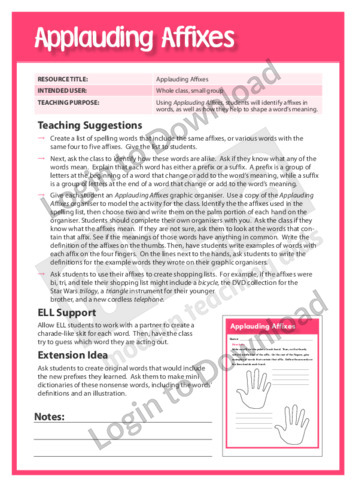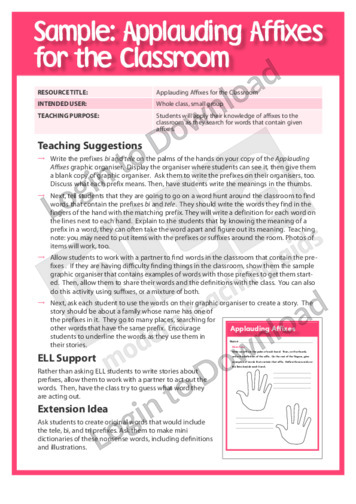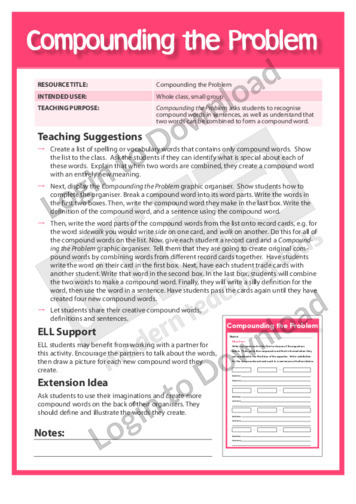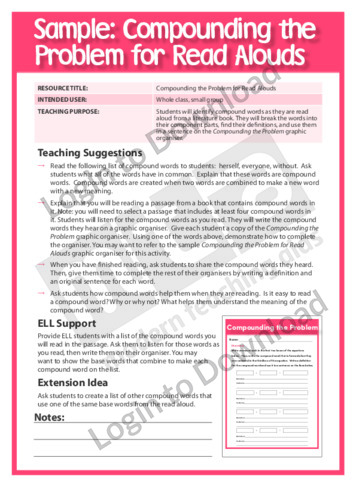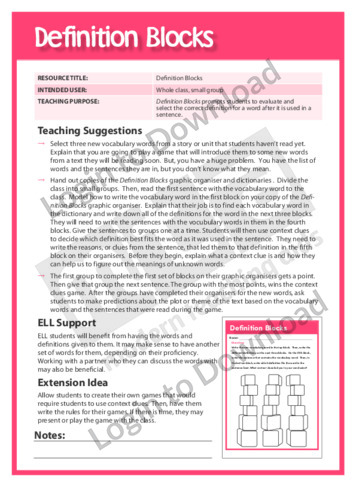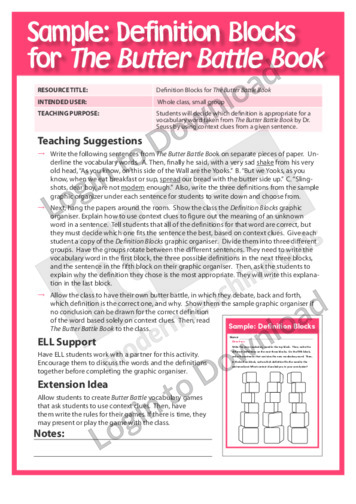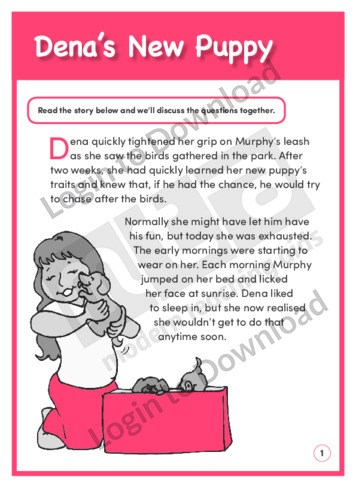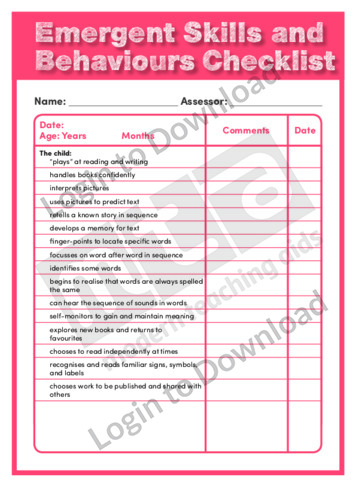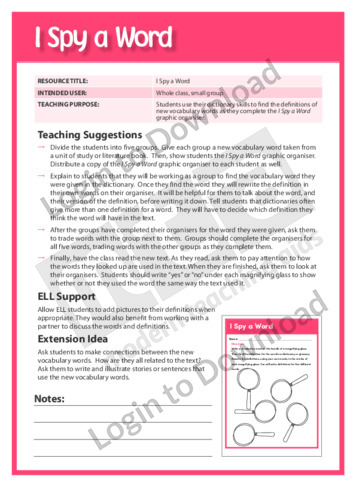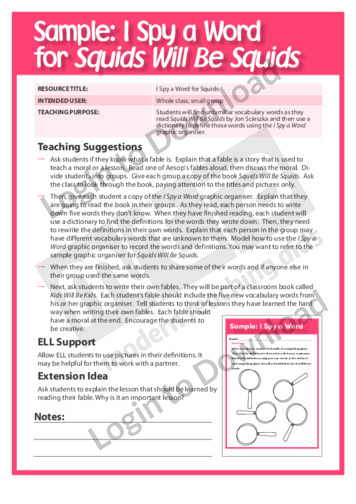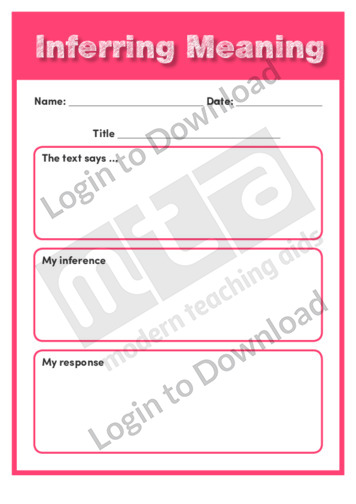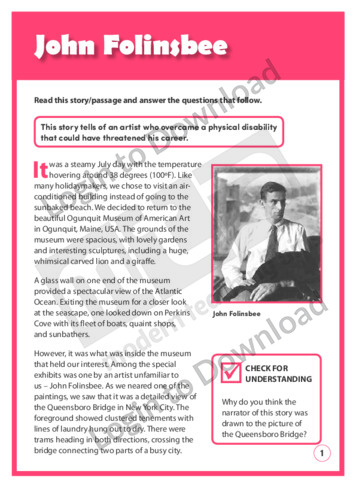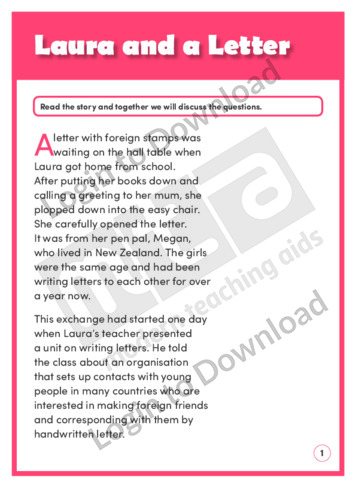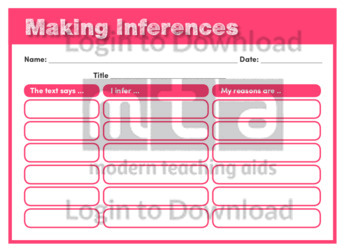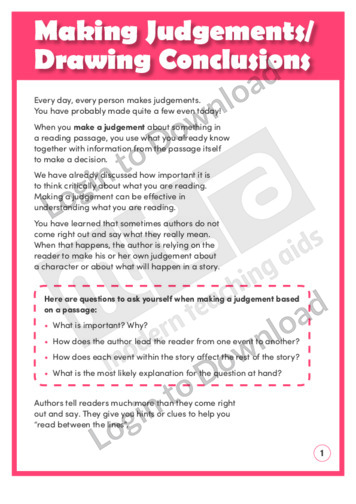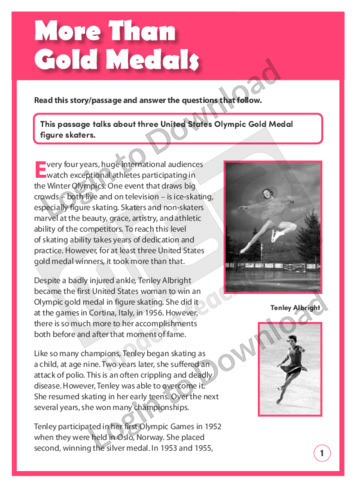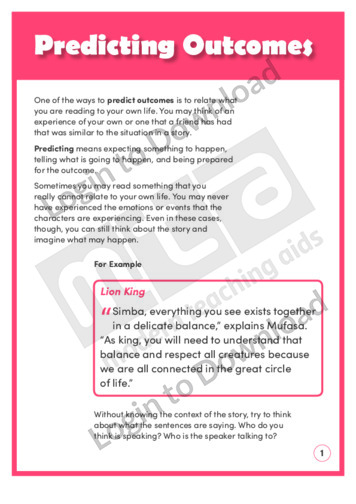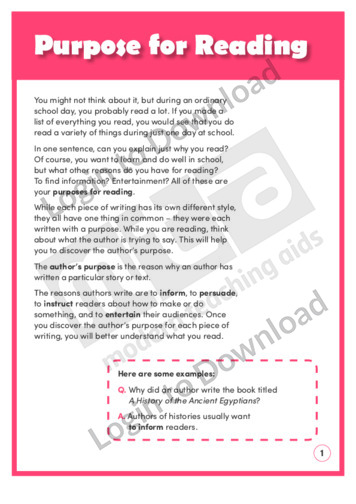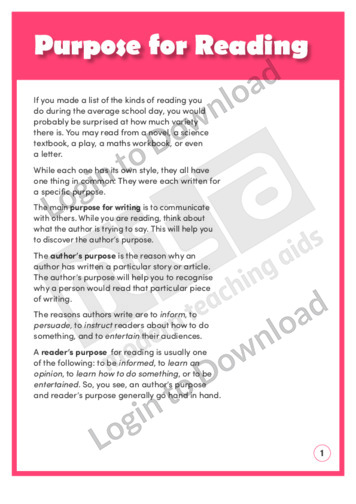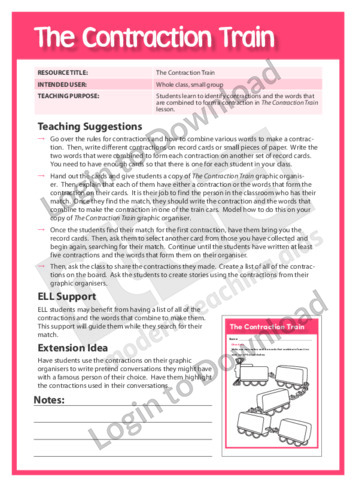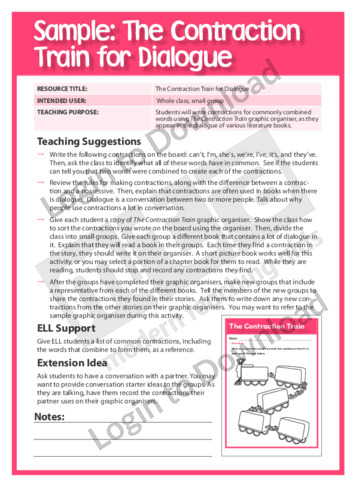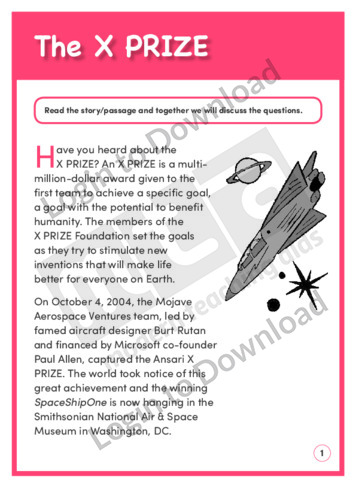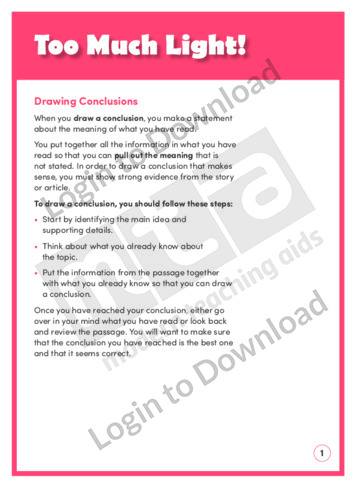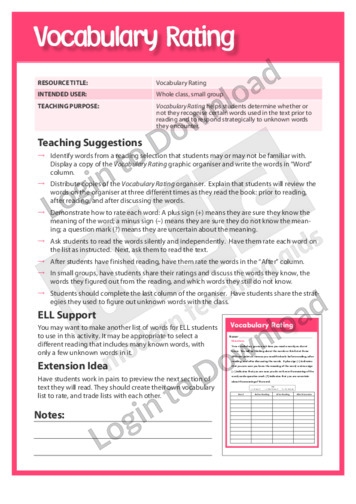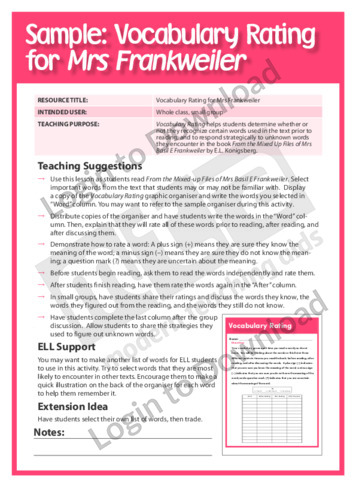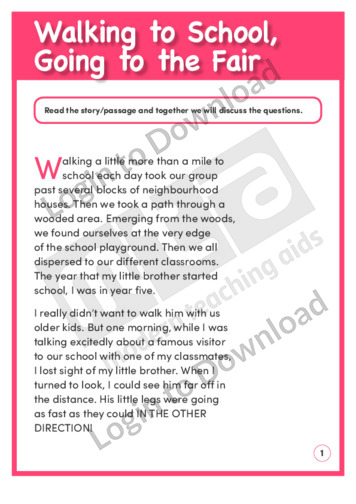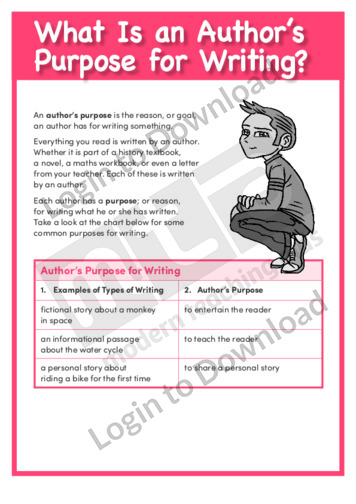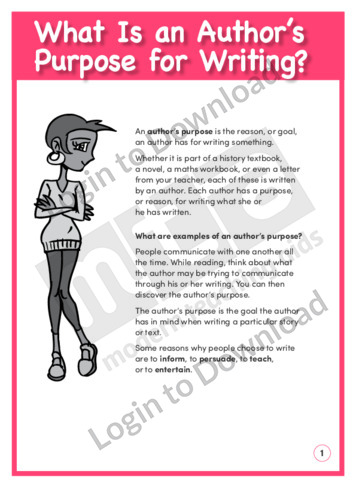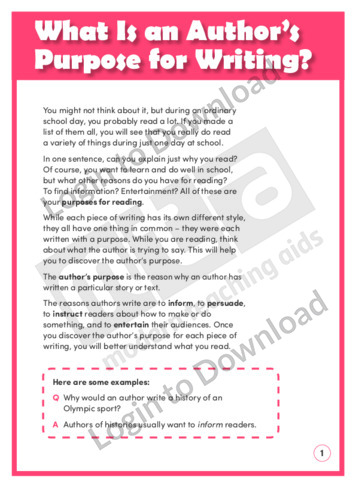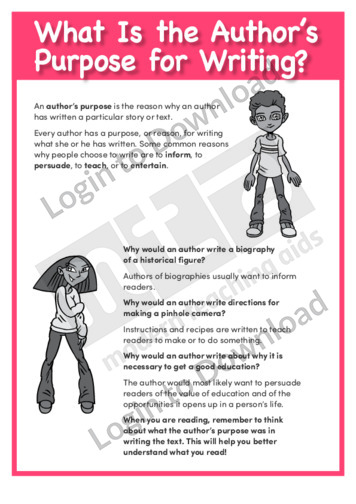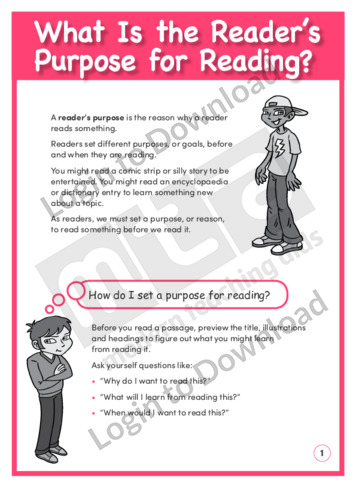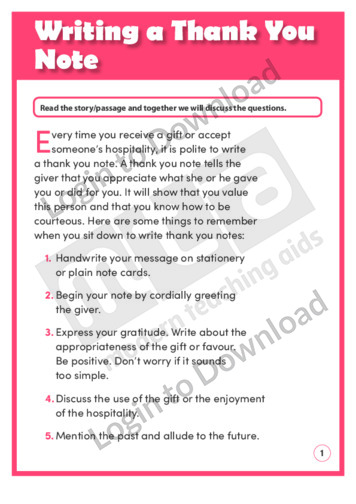This graphic organiser, ‘Applauding Affixes’ asks students to identify affixes in words, as well as how they help to shape a word’s meaning.
This graphic organiser, ‘Applauding Affixes for the Classroom’ asks students to apply their knowledge of affixes to the classroom as they search for words that contain given affixes.
This graphic organiser, ‘Compounding the Problem’ asks students to recognise compound words in sentences, as well as understand that two words can be combined to form a compound word.
This graphic organiser, ‘Compounding the Problem for Read Alouds’ asks students to identify compound words as they are read aloud from a literature book, then break the words into their component parts, find their definitions, and use them in a sentence.
This graphic organiser, ‘Definition Blocks’ asks students to evaluate and select the correct definition for a word after it is used in a sentence.
This graphic organiser, ‘Definition Blocks for The Butter Battle Book’ asks students to decide which definition is appropriate for a vocabulary word taken from The Butter Battle Book by Dr Seuss by using context clues from a given sentence.
This author’s purpose exemplar ‘Dena’s New Puppy’ supports students to identify the author’s purpose for writing a text. It encourages students to look critically at the text in order to ascertain whether the author wrote it to persuade, teach or entertain the reader.
This Assessment Item, ‘Emergent Skills and Behaviours Checklist’ provides teachers with a list of skills and abilities emergent readers and writers should be developing. It supports an understanding of reading and writing.
This understanding text exemplar ‘Homophones’ guides students to correctly use the words sheer and shear, and whether and weather. It is aimed at encouraging students to look critically at words and to use context clues in order to ascertain which spelling of a word that sounds the same should be used in which context. It …More
This graphic organiser, ‘I Spy A Word’ asks students to use their dictionary skills to find the definitions of new vocabulary words.
This graphic organiser, ‘I Spy A Word for Squids’ asks students to find unfamiliar vocabulary words as they read Squids Will Be Squids by Jon Scieszka and then use a dictionary to define those words.
This graphic organiser, ‘Inferring Meaning’ supports the teaching of comprehension and reading strategies by asking students to draw on what they already know to make inferences as they read.
This analysing text worksheet ‘John Folinsbee’ supports students to use various strategies to understand a narrative text about a painter who overcame disability to excel at his craft. It is aimed at encouraging students to deconstruct the text in order to gain a deeper understanding of its purpose, to recall specific details from the text, …More
This predicting outcomes exemplar ‘Laura and a Letter’ asks students questions about a narrative text to help them predict the outcome. It is aimed at encouraging students to ask questions and use their personal experience, along with clues provided in the story to guess what will happen next and write the end of the story …More
This analysing text worksheet ‘Letter to the Editor’ supports students to use various strategies to understand a persuasive text about restricting building on floodplains. It is aimed at encouraging students to deconstruct the text in order to gain a deeper understanding of its purpose, to recall specific details from the text, to look critically at …More
This graphic organiser, ‘Making Inferences’ supports the teaching of comprehension and reading strategies by asking students to draw on what they already know to make inferences as they read.
This understanding text exemplar ‘Making Judgements/Drawing Conclusions’ shows students questions to ask and steps to follow to form decisions about a text. It is aimed at encouraging students to deconstruct texts in order to gain a deeper understanding of their purpose, then put this together with what they already know about a topic as well …More
This analysing text worksheet ‘More Than Gold Medals’ supports students to use various strategies to understand a narrative text about three ice skaters that overcame the odds to win gold. It is aimed at encouraging students to deconstruct the text in order to gain a deeper understanding of its purpose, to recall specific details from …More
This author’s purpose exemplar ‘Mother’s Day’ shows students how to identify the author’s purpose for writing a narrative text. It encourages students to look critically at the text in order to ascertain whether the author wrote it to inform, persuade or entertain the reader.
This quick reference chart ‘Predicting Outcomes’ gives students different tactics to predict what will happen next in a story. It encourages students to use their personal experience and clues from tone and expression to guess the meaning of a sentence with little or no context and uses an example text to illustrate this approach.
This quick reference chart ‘Purpose for Reading’ helps students identify why they read and why authors write different texts. It is aimed at introducing students to the principles of why authors write – to inform, instruct, persuade and entertain – so that students can identify the purpose of each text and gain a deeper understanding …More
This quick reference chart ‘Purpose for Reading’ helps students identify why they read and why authors write different texts. It is aimed at introducing students to the principles of why authors write – to inform, instruct, persuade and entertain – so that students can identify the purpose of each text and gain a deeper understanding …More
This graphic organiser, ‘Stopping for Synonyms’ asks students to write synonyms for new vocabulary words in order to help them learn the definitions.
This graphic organiser, ‘The Contraction Train’ asks students to identify contractions and the words that are combined to form a contraction.
This graphic organiser, ‘The Contraction Train for Dialogue’ asks students to write contractions for commonly combined words, as they appear in the dialogue of various literature books.
This author’s purpose exemplar ‘The X PRIZE’ shows students how to identify the author’s purpose for writing this passage. It uses a practical example to introduce students to the principles of why authors write – to persuade, entertain, inform or teach – in order to gain a deeper understanding of the purpose of each text, …More
This drawing conclusions in text exemplar ‘Too Much Light!’ shows students questions to ask and steps to follow to form decisions about a narrative text. It provides a practical example for students of how to deconstruct a text in order to gain a deeper understanding of its purpose, then put this together with what they …More
This graphic organiser, ‘Vocabulary Rating’ helps students to determine whether or not they recognise certain words used in the text prior to reading and to respond strategically to unknown words they encounter.
This graphic organiser, ‘Vocabulary Rating for From the Mixed-up Files of Mrs Basil E Frankweiler’ helps students determine whether or not they recognise certain words used in the text prior to reading and to respond strategically to unknown words they encounter in the book From the Mixed Up Files of Mrs Basil E Frankweiler by …More
This predicting text exemplar ‘Walking to School, Going to the Fair’ shows students how to predict the outcome of two narratives. It is aimed at encouraging students to ask questions and use their personal experience, along with clues provided in each story to guess what will happen next.
This quick reference chart ‘What Is an Author’s Purpose for Writing’ shows students how to identify the purpose of a text. It is aimed at introducing students to the principles of why authors write in order to gain a deeper understanding of the purpose of each text.
This understanding text exemplar ‘What Is an Author’s Purpose for Writing’ shows students how to identify the purpose of an informational text. It is aimed at introducing students to the principles of why authors write – to persuade, entertain, inform or teach – in order to gain a deeper understanding of the purpose of each …More
This quick reference chart ‘What Is an Author’s Purpose for Writing?’ explains that authors write to inform, teach, entertain or persuade. It is aimed at introducing students to the principles of why authors write in order to gain the tools to identify the purpose of each text and a deeper understanding of why it was …More
This quick reference chart ‘What Is the Author’s Purpose for Writing?’ explains that authors write to inform, teach, entertain or persuade. It is aimed at introducing students to the principles of why authors write – to persuade, entertain, inform or teach – in order to gain a deeper understanding of the purpose of each text.
This understanding text worksheet ‘What Is the Reader’s Purpose for Reading?’ shows students how to set a purpose for why they read something. It encourages students to think critically about and list the different reasons why they might read something, as well as the types of material they would read to be entertained, to learn …More
This author’s purpose exemplar ‘Writing a Thank You Note’ shows students how to identify the author’s purpose for writing an informational text. It encourages students to look critically at the text in order to ascertain whether the author wrote it to persuade, entertain or teach the reader.
It�s that easy!

